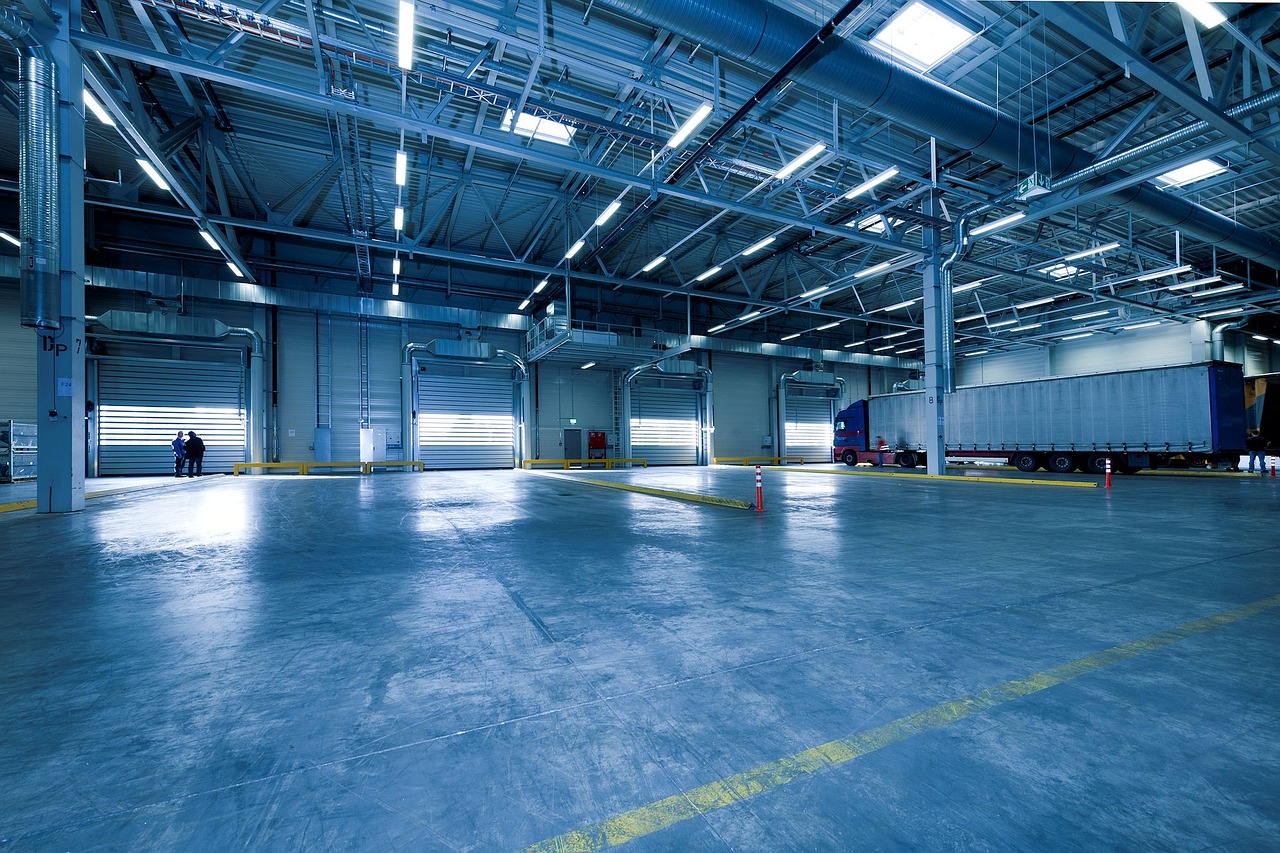O
ver the last few years, the evolution of high-speed automated doors has provided real benefits to industrial customers. Compared to slow, rigid doors, high-speed alternatives can increase productivity and cut energy costs. However, doors that operate at high speed can pose risks to worker safety if precautions are not put in place.
Safety Risks of High-Speed Industrial Doors
Most of the accidents involving high-speed industrial doors involve impacts with people and things. Downward impacts are the most common, although lateral impacts also happen very frequently. Another common type of accident is entrapment, in which a person or object becomes trapped in the door. This kind of injury can cause serious injuries, as well as damage to the high-speed door.
Some doors have a reversing mechanism that automatically retracts a door after an impact. This mechanism can help to prevent entrapment accidents, but it also presents a risk of secondary impact accidents, in which the door strikes a worker again as it retracts, or drags the worker along with it.
Safety Principles for High-Speed Industrial Doors
Some door designs can reduce the consequences of an impact. For example, doors with soft leading edges typically strike with less force than doors that have hard edges. Soft edges can flex upon impact to distribute the door’s force, reducing the risk of injury.
Instead of reversing mechanisms, some companies use doors that stop when they hit something. These doors prevent secondary impacts. Another option is to use a door that retracts only a few inches when it strikes an object.
Predictive Maintenance of High-Speed Industrial Doors
To keep workers safe, it is important to keep high-speed industrial doors in good working order. However, it can be difficult to predict when doors will fail, which may mean that maintaining a door according to the schedule recommended by the manufacturer is not enough to prevent a sudden failure. By equipping doors with electronic devices that can monitor their condition and how often they are used, businesses can predict when doors are likely to fail and take preventative action to maintain them.



